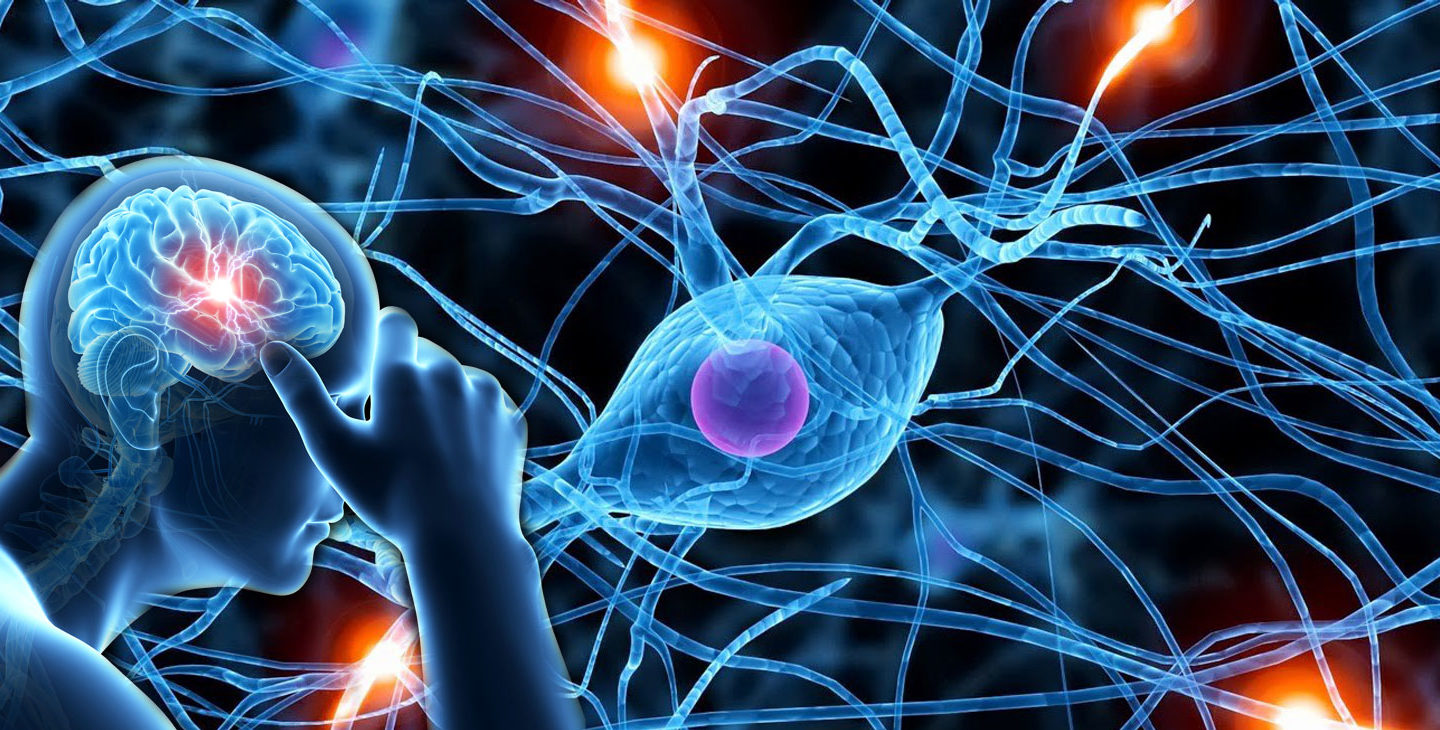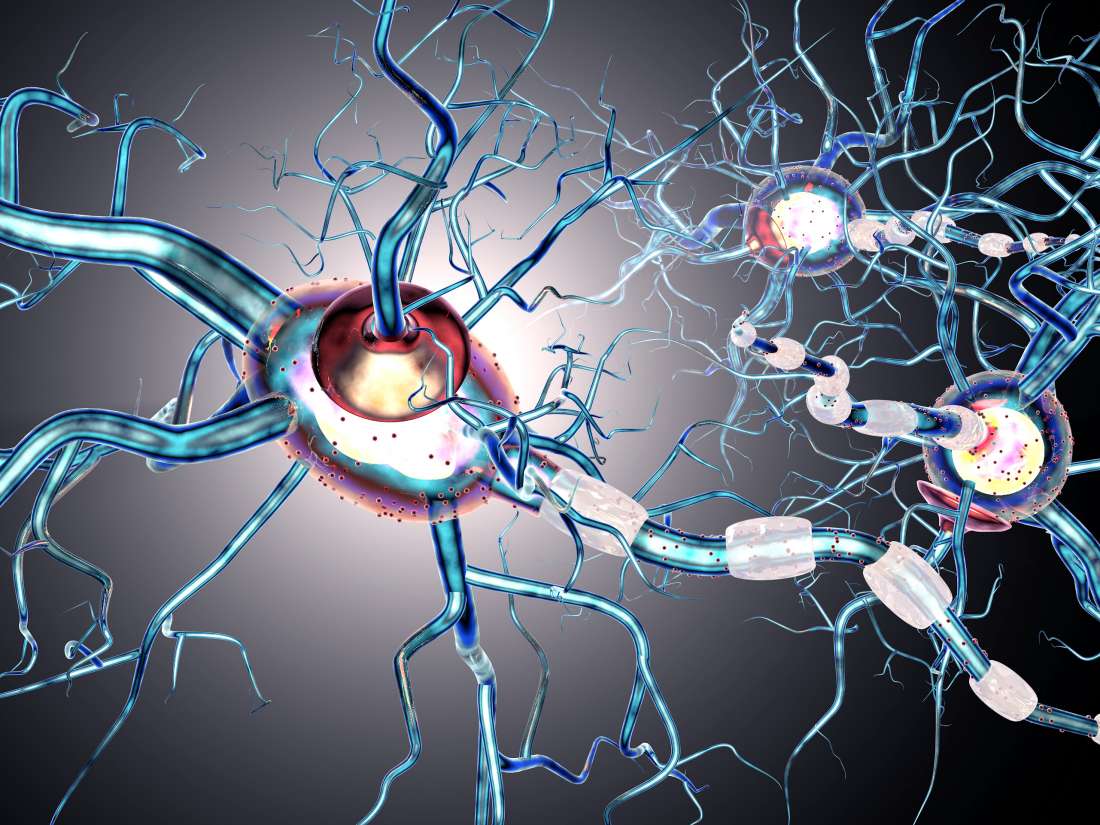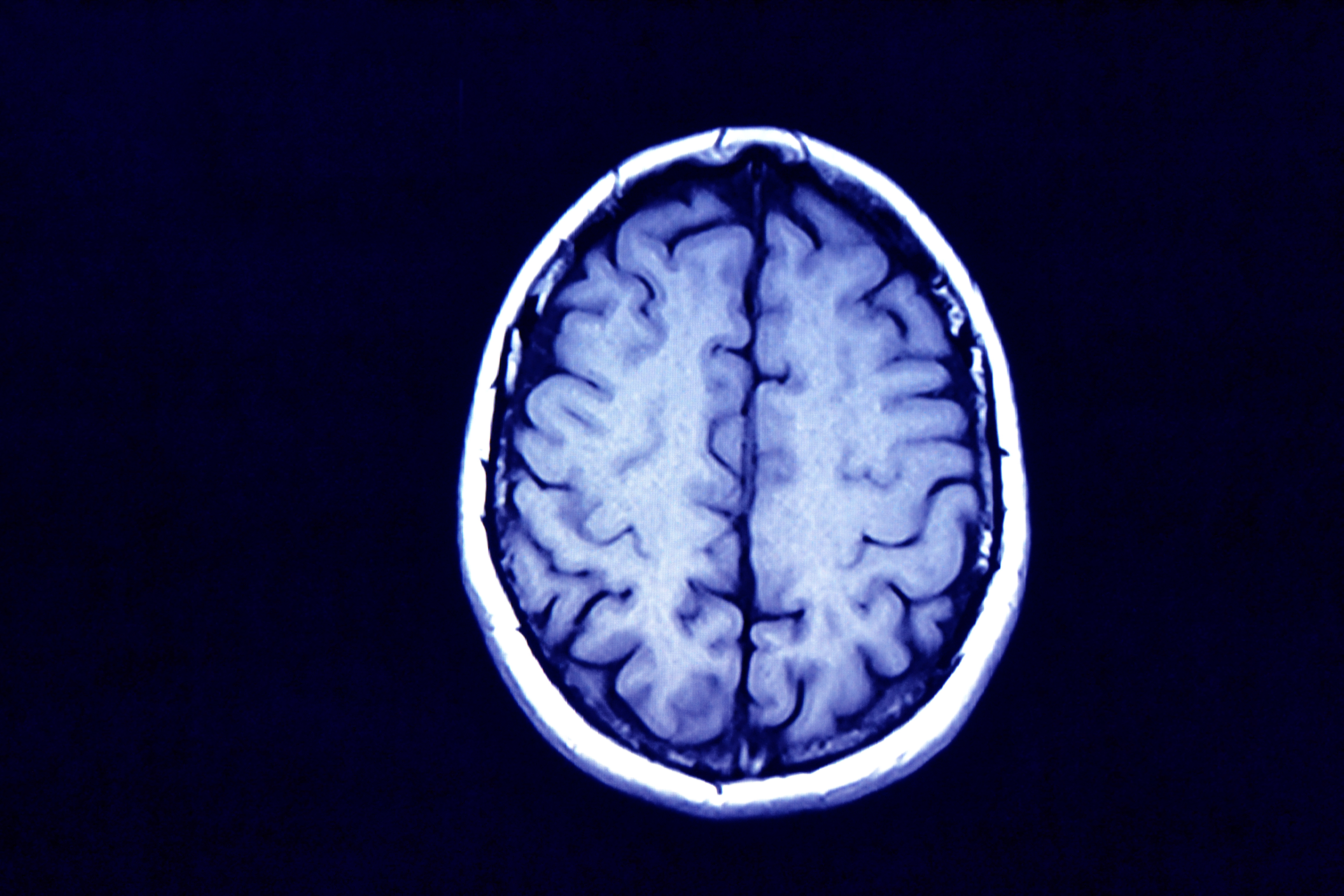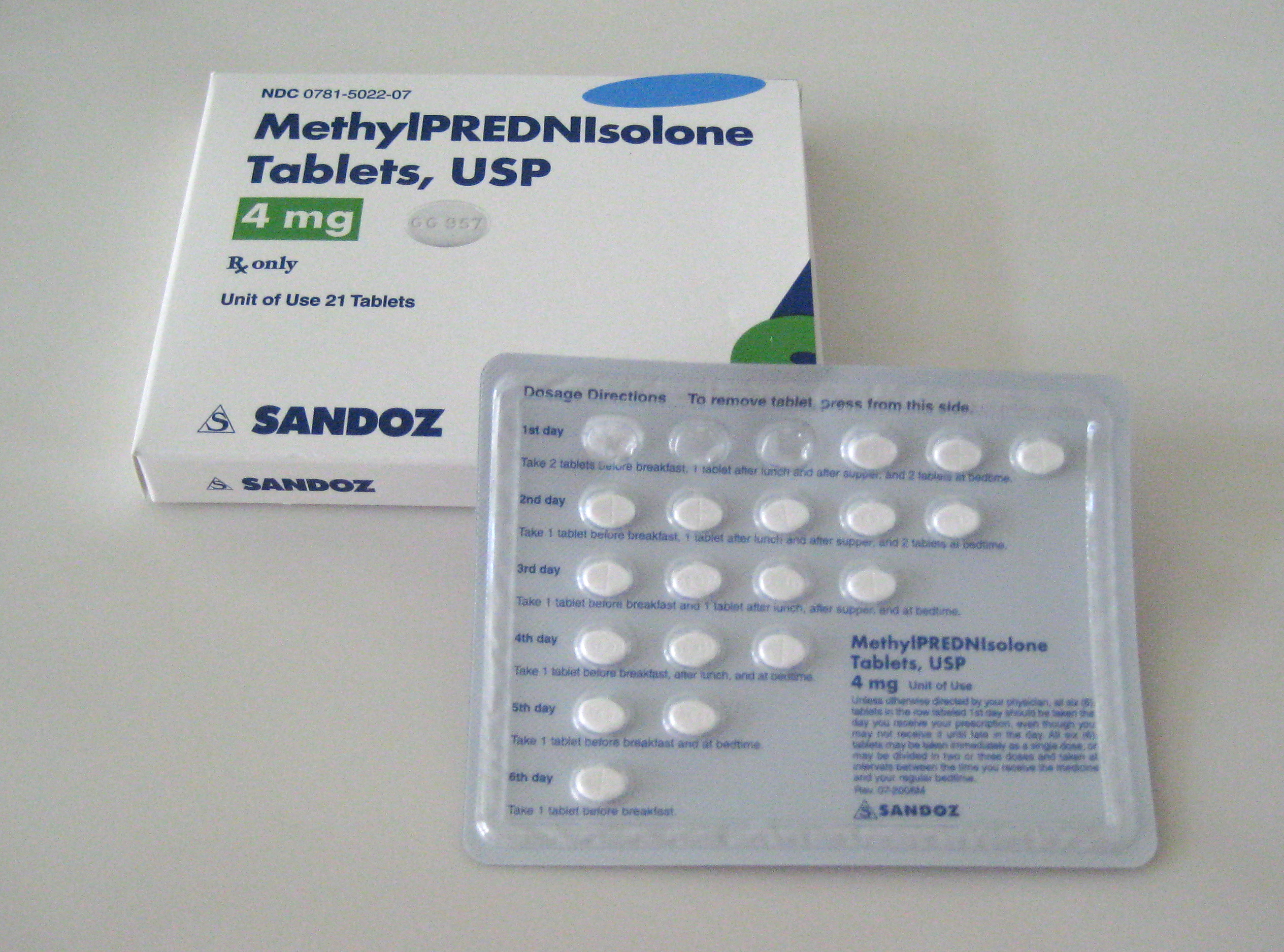Multiple sclerosis has nothing to do with impaired memory or natural dispersal of a person, as the name of the disease may seem at first glance. This CNS pathology has a rather complex development mechanism and is capable of provoking multiple disorders of various body systems. What is the main treatment for multiple sclerosis and is there a possibility of preventing this disease? We will understand this article.
Material Content:
- 1 What is multiple sclerosis?
- 2 Classification by process localization
- 3 Causes and risk groups
- 4 Symptoms and signs of the disease
- 5 How is the diagnosis
- 6 The course of the disease in women, men
- 7 Periods of exacerbation and remission
- 8 Multiple Sclerosis Treatment
- 9 The prognosis for patients
- 10 Autoimmune Disease Prevention
What is multiple sclerosis?
Multiple sclerosis (alternative name encephalomyelitis) is a chronic autoimmune disease of the central nervous system.
A similar diagnosis was described in the middle of the 19th century by the French neurologist Jean Martin.
The nerves of a healthy person are covered with myelin - a special fat-like membrane. It protects the nerve fibers of external influences. Deprived of such protection, the nerves are prone to focal defects called plaques. As a result, the bioelectric signal that the nervous system sends to the spinal cord and brain does not reach the final point, scattering along the way.
A progressive disease not only destroys the nerve membranes, but also affects the reflex arcs, the very ones along which the bioelectric signal moves. All these factors are the main cause of the development of multiple sclerosis.
Classification by process localization
Given the localization of the lesion, a number of forms of encephalomyelitis are distinguished:
- Cerebral Pathology affects the fibers of the nerves of the brain. A similar disease is characterized by tremor of the extremities, impaired motor activity and speech. The development of this form of the disease can complicate the performance of precise hand movements due to their strong trembling. In addition, such a pathology can significantly reduce the visual acuity of one or both eyes.
- Cerebellar. For this form, signs of damage to the cerebellum alone are not always characteristic - it can also be combined with damage to the brain stem. Hand tremor is typical for this pathology. The neglected form of cerebellar encephalomyelitis can provoke a violation of the motor activity not only of the hands, but also of the trunk and head.
- Stem. In a “pure” form, such a disease is rare. However, this form is recognized as the most unfavorable. The disease progresses very quickly, but the patient, often in a euphoric state, is unable to adequately assess the surrounding reality. The disease is accompanied by paralysis of the tongue, pharynx, palate and speech disorders. Malfunctions of the functionality of the internal systems can also be observed: cardiovascular, genitourinary, digestive.
- Optical It is marked by visual impairment, and often only in one eye. Gradually, vision can recover - with the right treatment, or on its own.
- Spinal. It is noted when the nerve fibers of the spinal cord are affected, and is accompanied by a slight degree of leg paralysis, swelling and muscle weakness. Also, sexual functions and the processes of defecation and urination may be impaired.
- Cerebrospinal. The most common form of multiple sclerosis. Its main symptom is visual impairment. Cerebrospinal encephalomyelitis is characterized by mild symptoms at the onset of the disease.
In view of the fact that some forms of the disease have similar symptoms, only a doctor is able to determine the characteristics of the pathology in a particular patient.
Causes and risk groups
Scientists and doctors have not yet reached a concrete conclusion explaining the causes of damage to the myelin fibers of the body. Among the possible factors, the researchers distinguish:
- Features of age. Often pathology affects people aged 15-60.
- Gender It is believed that women get sick almost twice as often as men.
- Genetic disposition. Multiple sclerosis is not directly transmitted by inheritance. But there are exceptions, and approximately 2–3% of sick children may experience typical symptoms.
- Shortage of sunlight. It has not yet been fully determined whether an adequate intake of vitamin D can prevent the disease. Nevertheless, frequent cases of multiple sclerosis are observed in people living far from the equator.
- Viral infections. Many scientists suggest that the Epstein-Barr virus can provoke a failure of the nervous system in some patients.
- Features of the climate. Residents of temperate countries are more likely to be affected by encephalomyelitis (Canada, New Zealand, Europe, the north of the United States, etc.).
Note. Bad habits can also indirectly affect the development of multiple sclerosis. So, people who abuse nicotine products get sick almost twice as often as non-smokers.
Symptoms and signs of the disease
Encephalomyelitis is characterized by a gradual development. The early stage is usually asymptomatic. The basic signs of multiple sclerosis are noted in cases when more than half of the total number of nerve fibers is affected. This stage is distinguished by the following symptoms of multiple sclerosis:
- pain in the eyes, a feeling of pressure on them, impaired vision;
- tingling in the fingers, a feeling of numbness;
- muscle weakness;
- decreased skin sensitivity;
- impaired coordination of movements.
An increase and further proliferation of sclerotic plaques provokes the development of the following disorders:
- muscle pain, spasm;
- malfunction of the bowel movement and urination;
- men have erectile dysfunction;
- fatigue from physical work;
- paralysis of some nerves may occur (facial, sublingual, trigeminal, oculomotor, etc.);
- difficulty in moving, paralysis of the lower and upper limbs;
- instability of the emotional state (euphoria can be replaced by depression);
- behavioral changes, decreased intelligence.
The heat in the room, as well as taking hot baths, can worsen the condition of the patient.
How is the diagnosis
It is very important not to miss the first symptoms of the pathology by contacting a specialist in a timely manner who will conduct an early diagnosis of multiple sclerosis.
After the initial examination by a neurologist, a number of studies can be assigned to the patient for a final confirmation of the diagnosis:
- MRI Helps to identify the number of locations of the alleged lesions.
- Stabilography, audiometry. Allow to track hearing and motor impairment.
- Immunological blood test.
It is possible to diagnose visual impairment in the early stages of the disease through an ophthalmological examination.
Note. Encephalomyelitis should be differentiated from a number of other pathologies, also accompanied by damage to the central nervous system (systemic vasculitis, collagenoses). As well as infectious diseases (syphilis, HIV, etc.). In addition, it is important not to confuse sclerosis with ataxia, Wilson's disease and spastic paralysis. The latter, unlike encephalomyelitis, progress sluggishly.
The course of the disease in women, men
Medical statistics suggest that women are more likely to have multiple sclerosis than men. It is assumed that hormonal changes in the female body affect the symptoms and course of the pathology.
Often, multiple sclerosis in women is noted with the onset of childbearing age and worsens during hormonal changes in the body. This is menopause, the birth of a child, the end of the menstrual cycle.
Women with encephalomyelitis often notice chronic fatigue, constipation, and frequent urination. The disease can also cause loss of balance and frequent dizziness. Often, patients are prone to emotional and intellectual disorders.
Men suffer from encephalomyelitis less often than women, but often suffer from the rapid development of the disease, as well as more striking symptoms and a large number of exacerbations. Representatives of the stronger sex often note the presence of this disease exclusively in adulthood.
Periods of exacerbation and remission
Encephalomyelitis is characterized by phases of remission and exacerbation.
With an exacerbation, typical symptoms are manifested as brightly as possible, general symptoms may replenish with new manifestations. Pathology can aggravate when cells of the immune system affect the myelin sheaths of nerves. The minimum duration of such exacerbations is one day, the maximum is 30 days.
Interestingly, in the same patient, two attacks may differ from each other. Often during this period, a person notes weakness, visual impairment, numbness of the extremities, etc. The frequency of exacerbations depends on the characteristics of the pathology in a particular patient.
Remission periods can last for months, or even years. The main condition for maintaining this condition and reducing anxiety symptoms (or its complete absence) is considered to be the timely intake of drugs prescribed by a specialist.
Multiple Sclerosis Treatment
Patients prone to encephalomyelitis should be continuously monitored by a neurologist. Treatment of the disease involves the relief of exacerbations and their prevention.
Drug therapy
Exacerbation of encephalomyelitis is stopped by weekly pulse therapy with methylprednisolone. If such treatment was ineffective, methylprednisolone is prescribed orally, provided that the drug is taken every other day.
Note. Methylprednisolone belongs to the group of corticosteroid medicines, whose action may be accompanied by multiple side effects. Before using this medication, you should seek the support of your doctor. In addition, the use of such drugs for the treatment of multiple sclerosis should be accompanied by a special diet that reduces the negative effects on the digestive tract.
Severe exacerbation may require a blood purification procedure - plasmapheresis.
An additional way to reduce the frequency of exacerbations is immunocorrective therapy. Most often, immunomodulators (the most common of them are preparations based on glatiramer acetate, as well as interferon-beta-1b, alemtuzumab) are then administered intravenously. A significant drawback is the high cost of medicines.
Symptomatic treatment of encephalomyelitis involves the treatment of lesions of the optic nerve, disorders of the genitourinary system and gastrointestinal tract, as well as a decrease in increased muscle tone. And such motor disorders often require medical manipulations to reduce tremor of the limbs or improve coordination.
Note. Patients susceptible to multiple sclerosis often require psychological support due to the difficult acceptance of the fact that they have this disease. In addition, encephalomyelitis is often accompanied by various emotional disorders. Such factors often suggest psychotherapy at almost all stages of the disease.
Folk remedies
It is useful for people suffering from the appearance of encephalomyelitis to adopt a few recipes offered by traditional medicine:
- Soak grass (20 g) soak in 1 liter of cold water. In the morning, boil the mixture for 7 minutes and insist 5 hours. Strained broth is taken three times a day for 15 minutes before meals, 1 tbsp. l Attention! The prescription is contraindicated in pathologies of the heart, liver, and kidneys.
- Fill a liter capacity with clover heads and pour 0.5 liters of vodka. The mixture is infused for 2 weeks, after which it is taken at bedtime at 1 tbsp. l
- Mix flowers and leaves of hawthorn (25 g each) with leaves of rue (15 g) and valerian root (10 g). All components are crushed and mixed. 1 tbsp. l the resulting mixture is poured into a glass of water and boiled for 5 minutes. The resulting liquid is divided into parts and taken three times a day.
Treatment of multiple sclerosis exclusively folk remedies, as well as using alternative therapy (acupuncture, massage, etc.), as a rule, does not produce tangible results. Such methods are relevant only in combination with the use of medications prescribed by a doctor.
The prognosis for patients
Encephalomyelitis is considered a progressively progressive disease. Since the features of its course in different patients are often different, their life expectancy can also be different.
An acute form of pathology can shorten life by 5 years. Nevertheless, subject to timely diagnosis and the selection of appropriate treatment, the patient's life expectancy is not much different from the same indicators in people who do not suffer from encephalomyelitis.
Autoimmune Disease Prevention
Specific measures to prevent multiple sclerosis have not been developed, since the factors affecting the occurrence of pathology have not yet been thoroughly studied.
For this reason, basic preventive rules should be followed:
- performing systematic physical exercises (regular, but not debilitating);
- refusal to use tobacco and alcohol products;
- temperature control in the room to avoid overheating;
- refusal to take hormone-based drugs;
- maintaining a normal weight (prevent obesity);
- ration optimization, minimizing the consumption of fatty foods.
Encephalomyelitis is a disease whose symptoms can provoke serious health problems of the patient. That is why a very important aspect is the timely diagnosis of pathology and the appointment of competent treatment. Maintaining a healthy lifestyle, monitoring nutrition and observing the daily routine will not only improve the general condition of the body and the well-being of a person, but also help to avoid the development of many pathologies, including multiple sclerosis.



























